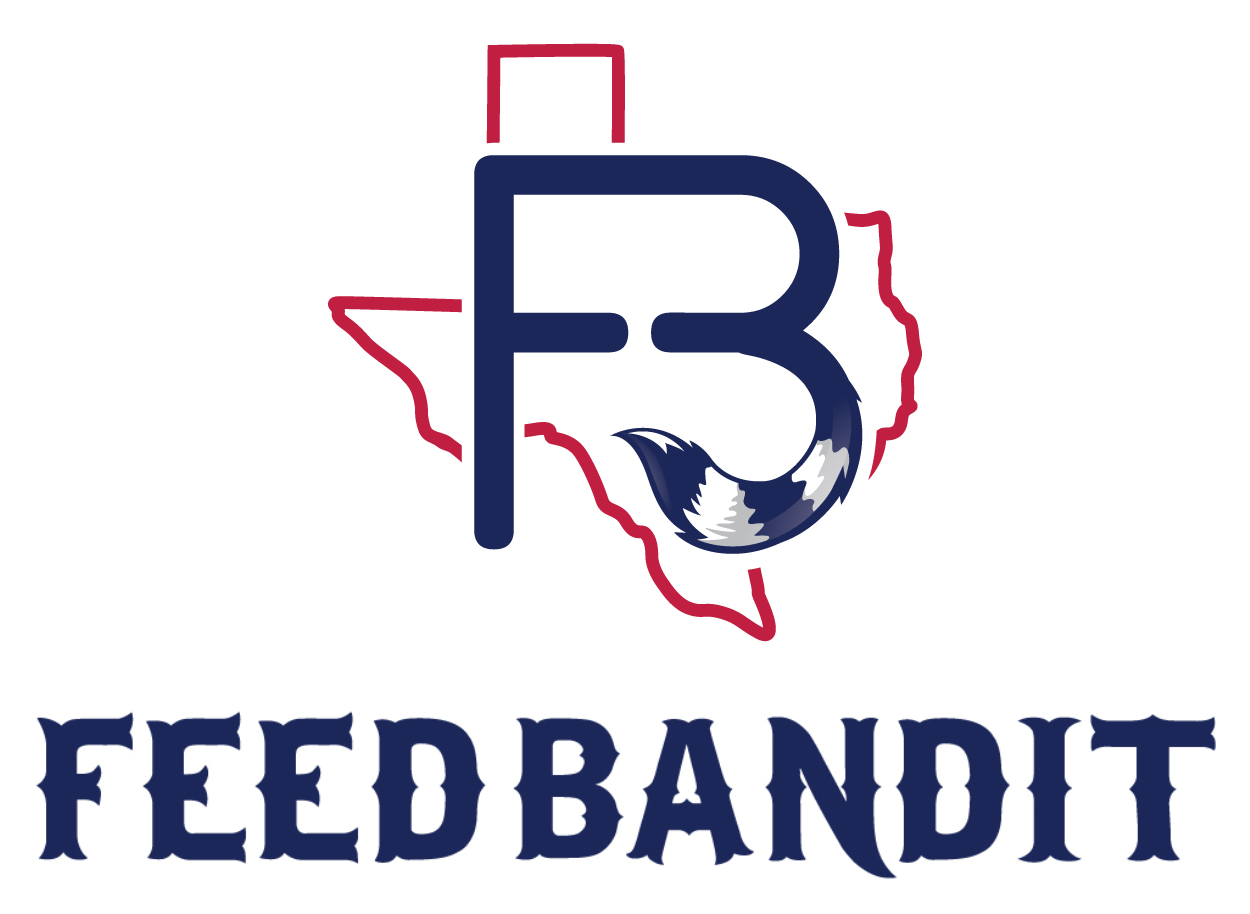
Why to supplemental feed
Almost everyone in states that allow the baiting or feeding of deer such as our great state of Texas has a corn feeder of some sort, be it homemade or a fancy $1,500 rig. But, not every hunter or land manager supplemental feeds in the off season.
There is ample proof that supplemental feeding in some sort or fashion does help the wildlife prosper and, the in case of buck deer, grow bigger antlers. With does supplemental feeding helps body weight, antler growth and lactation.
It can be a very important and impactful thing to do on your land so when making the decision to supplemental feed there are a few considerations to think about before pulling the trigger.
Supplemental feeding considerations
First off, is it allowed by the landowner? It sounds crazy but there are some ranchers/farmers out there that don’t want you to offer supplemental feed on their property for whatever reason.
One of the primary reasons for this is because some ranchers don’t want you erecting an enclosed fence that their stock could get caught up in trying to get to the feed. Be sure you have permission prior to using supplemental feed.
Second, before considering setting up a deer feeder please be sure to check your local deer feed regulations to make sure you are able to feed in your area.
Every state has it own hunting regulations and unique quirks that range from absolute hard bans on the use of any form of deer feed all the way to extremely lax regulations on its use.
As we mentioned before Texas has always had the reputation of being one of the most laid back states when it comes to deer feeding so it is OK but some states like Colorado and Montana totally ban it.
How well do you know the deer feeding regulations where you hunt? If you’ve never taken the time to look them up it can be harder than you think to find and understand them.
Luckily we’ve done all that for you in our comprehensive review of Where You Can and Can’t Feed for Deer. Take a quick moment to refresh yourself as it is important to get familiarized with your state’s regulations so you don’t run afoul of the law.
Third and perhaps most importantly you’ll want to consider cost. Without a doubt, cost is the biggest prohibiting factor to supplemental feeding.
How do we define cost?
Well, not only is there the cost of the feed itself but there is the cost of driving to get the feed.
There is also the cost you incur by burning more fuel if you are forced to go out of your way to get the feed you need. (SHAMELESS PLUG) Insert Feed Bandit stage right! Cost, in all its forms, was the reason why my partner, El Bandido, and I started Feed Bandit.
Bottom line, your time and your money are both limited and precious so we created a tool that will help you save time, save money, shop more conveniently and help the small and family owned businesses and small towns out all in one or two clicks!
What and how much to supplemental feed
If you’re convinced that supplemental feeding is the way to go for your property then you may be wondering what you should feed and how much.
To help answer that lets look at a real life example: Rancho Bandido.
Rancho Bandido offers protein, cottonseed and some alfalfa. We also have seasonal food plots in the form of winter wheat and some various Texas-based seed mixes.
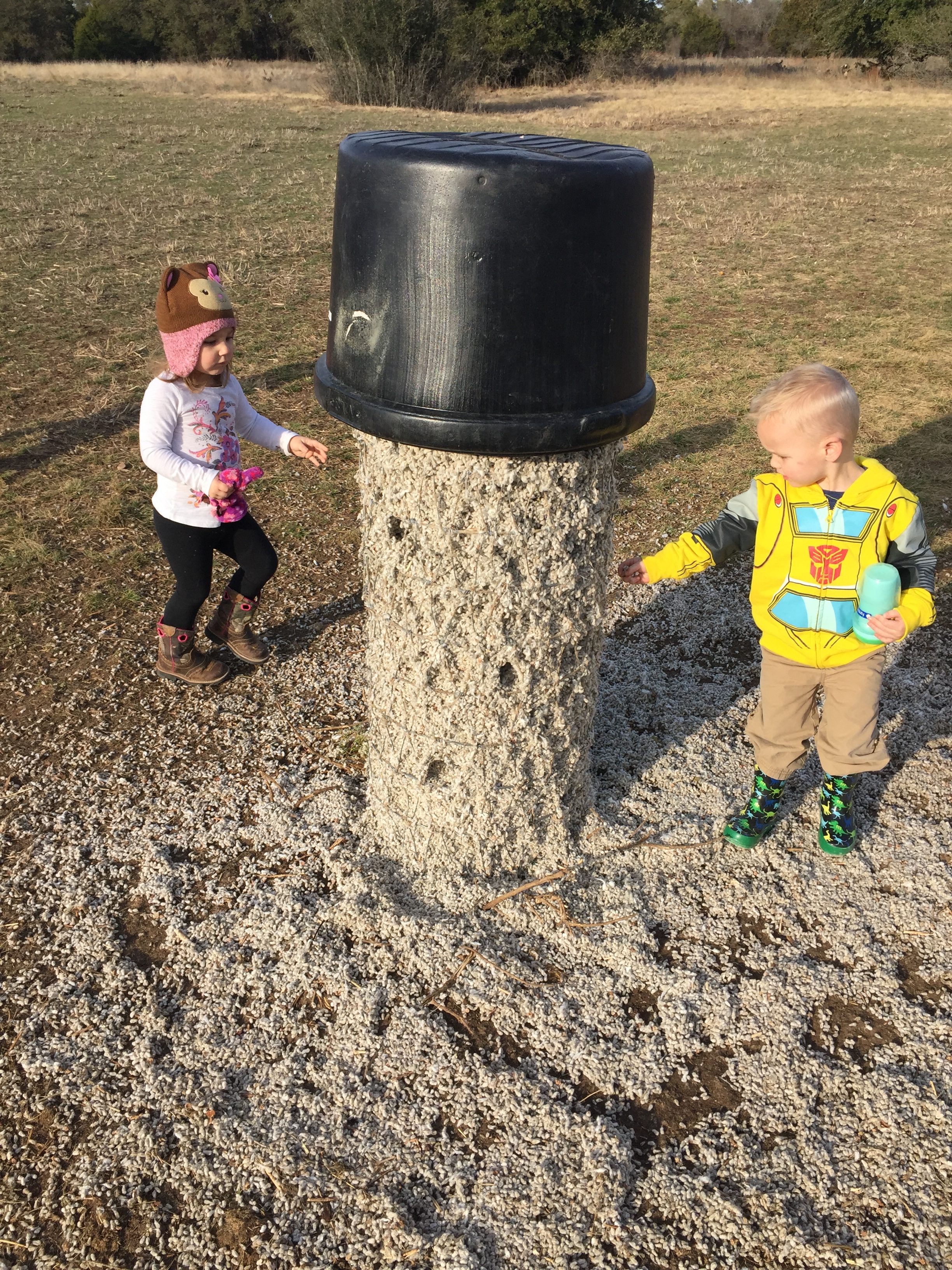
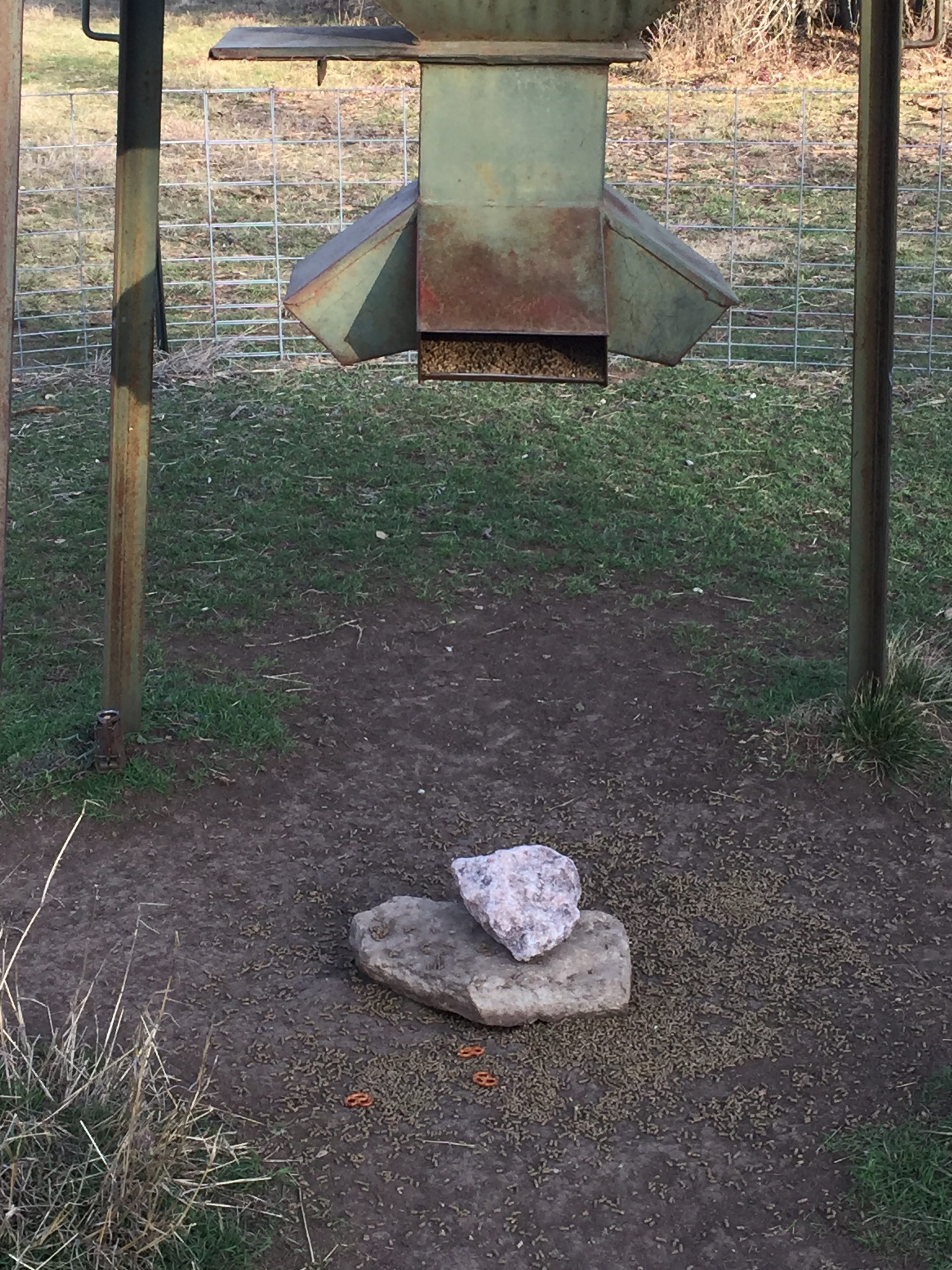
How much do we feed is different from pasture to pasture. One of our pastures is high fence with exotics. Because of this we run 6 protein feeders on this 900 acre pasture and we keep them full from January until August.
Depending on some of the variables listed in my chart below, we may shorten or extend this date.
Bottom line, supplemental feeding is just that…supplemental. If your animals are dependent on you feeding them trouble is in the near future.
Supplemental Feeding – My Equation
In a perfect world, we’d all have our protein feeders, cottonseed feeders and alfalfa feeders full year round. But as we all know, that is tough to manage especially if you live a long way from your hunting grounds.
I created a chart or checklist of sorts that you can use to make the choice to find time to get down there to fill those feeder or make the decision to buy a larger volume protein feeder based on a few variables.
| Time of Year | Acreage | Game Fence | Rainfal | Livestock | Exotics | Range Conditions |
|---|---|---|---|---|---|---|
| Fall | Small | Yes | Above Average | Cattle | Yes | Good |
| Winter | Medium | No | Normal | Goats | No | Average |
| Spring | Large | Below Average | Sheep | Poor | ||
| Summer | Drought | Mix |
Here is how the chart works. For your particular scenario, simply, and be honest, write down where your land fits into the chart.
The answers to these questions should hopefully give you some motivation to get moving or to put another log on the fire. Let’s take a look at the sample scenario below.
In our scenario, our land is is a few hundred acres. Its winter and it hasn’t rained much in the last several months or so or so our range conditions are poor. The land does not have a game fence and the rancher is running cattle but there are no exotics.
Our results would look like this:
Winter – Small Acreage – Low Fence – Below Average Rainfall – Cattle – No exotics – Poor Range Conditions
So how do we process our results?
Most of it is common sense really. So, you are hunting on a smaller piece of land that is low fence and it is winter. This means your food supply such as native forbs for whitetails are most likely low do to the time of year and poor rainfall. Moreover, you may have an excess number of deer hitting that pasture because it is low fence.
Lastly, even though cattle and whitetails rarely compete, it can be safely assumed that cattle might unintentional effect habitat by their very presence.
In conclusion, the need to provide an extra food source would be very high if you want to help the animals out.
Let us know if this chart makes a difference in your feeding plan.
Supplemental Feeding by Month
Now that we have a quick reference guide as to what to do under certain pasture conditions we can now detail what happens in a game animal’s life throughout the year and how implementing a feeding program can help by month.
I will focus most of my attention on whitetail deer of course as they are normally everyone’s target.
I often look at whitetail deer in January like Santa Clause on December 26th. It’s time for a break! By January, in our part of Texas for instance, the rut is over and the deer (does and bucks) are thin and just flat worn out.
January is the time of year where bucks make amends and start to form back into bachelor groups forgetting the fact that the month prior they wanted to kill each other. Boys will be boys.
Our general rule of thumb is when January rolls around we will fill up every protein feeder and cottonseed feeder we have to help all of our deer recoup and deal with the winter weather.
January is also a very pivotal month in the life of older deer. Sometimes older deer that are beaten down from the rut and age are susceptible to predators and the elements.
Transitioning from January to February the whitetail deer is still craving calories and still fighting the cold but change is around the corner!
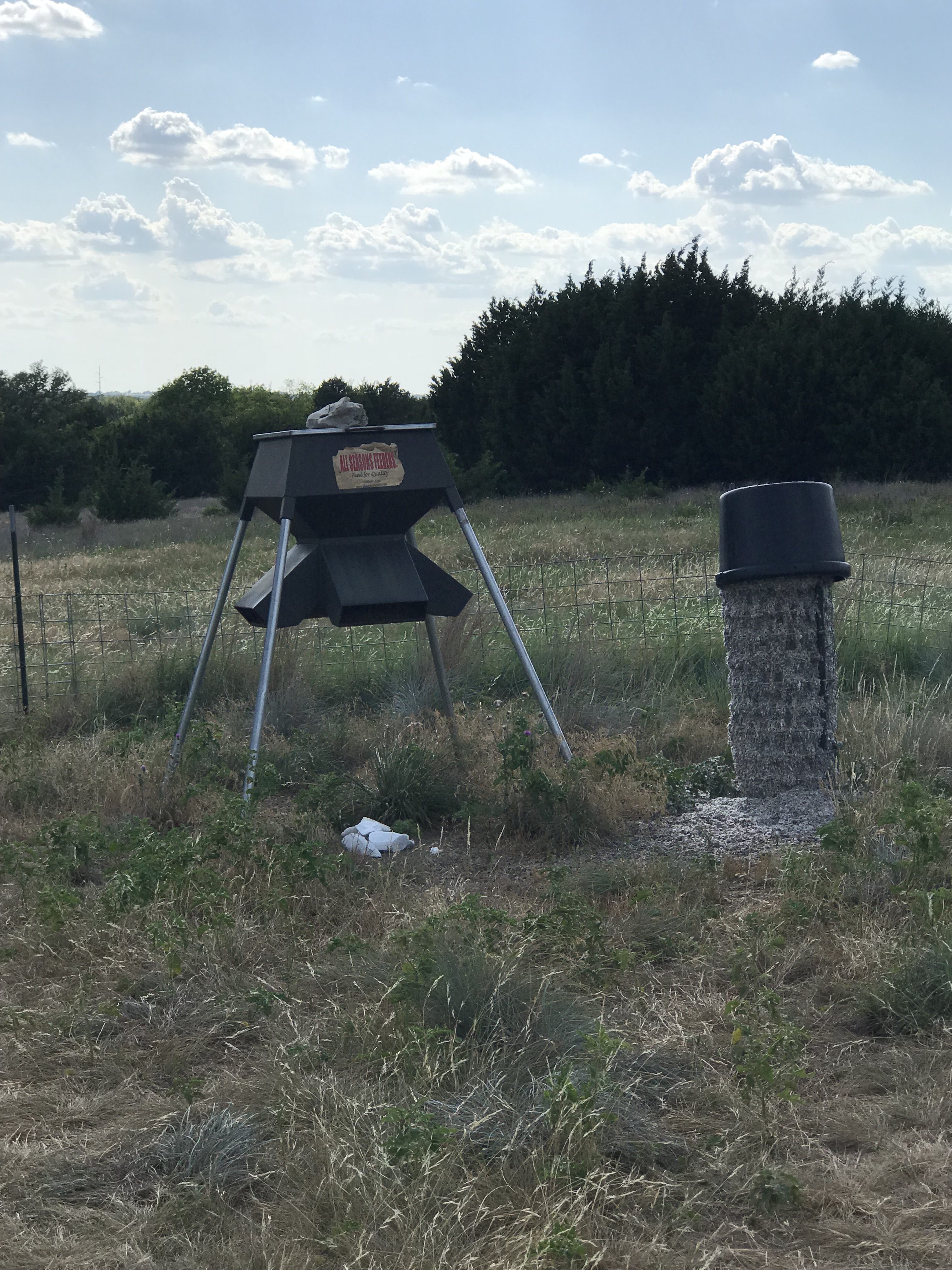
By February, the whitetail deer antlers are really starting to fall off. Similar to human fingernails, deer antlers are always growing until they shed their velvet but they will drop again as the new antler is pushing up. This yearly event makes February an important month as the bucks now have a clean slate.
Another fact to consider is that any nutrition a buck ingests goes to his body first, then to his antlers. Protein pellets, cottonseed and mineral licks help!
So, feed heavy in January and February to get them off on the right foot!
The days are getting longer and warmer. The whitetail deer, along with the other animals, are starting to recover. Spring is near!
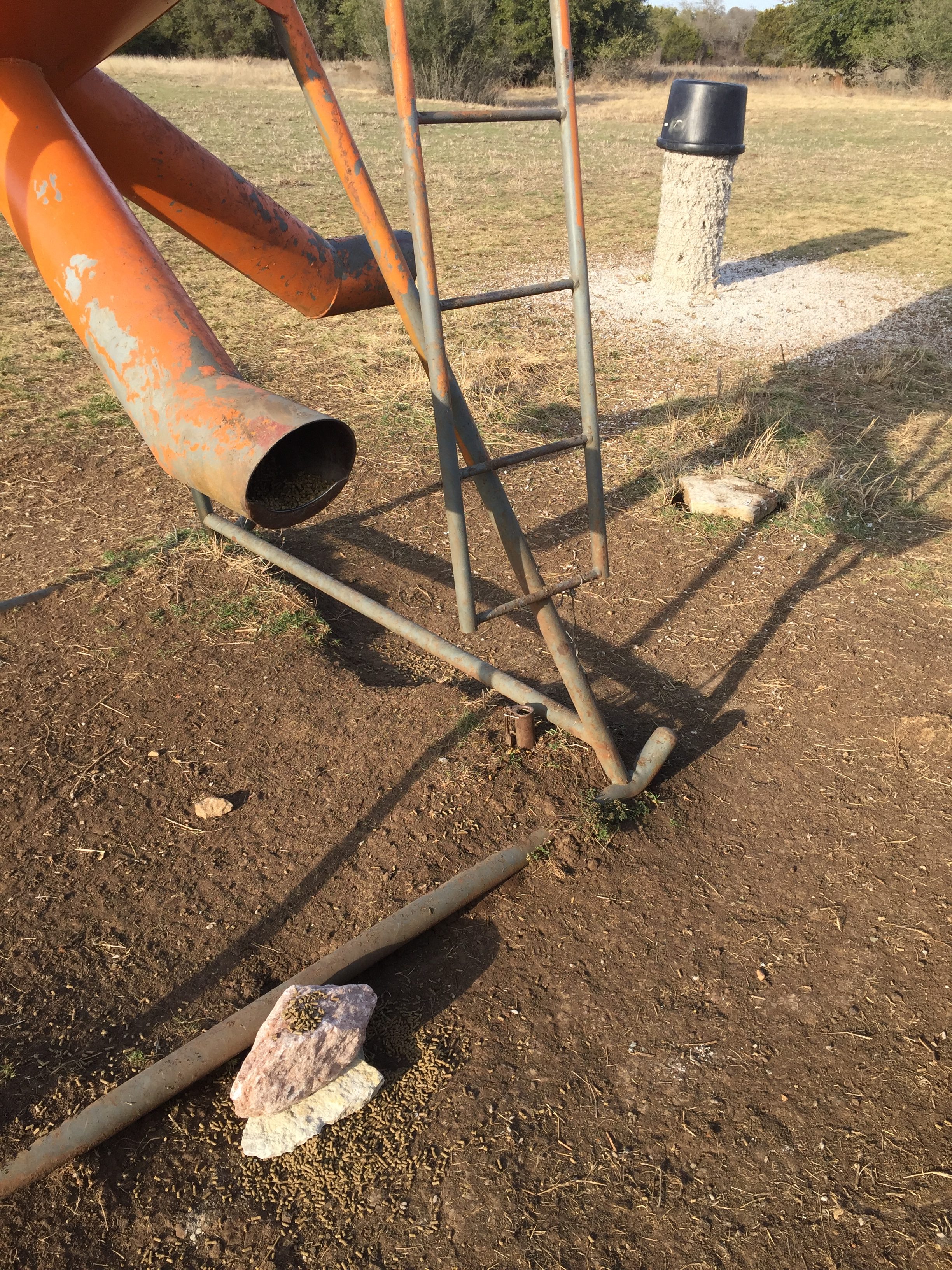
Old man winter has lost his grip at last. The birds have changed their tune but most importantly, the range conditions are starting to improve.
Spring green up is the time of year when the various plant species start to pop and regrow with the warmer weather and stored up winter rain.
The whitetail deer have regained their strength and are running in bachelor groups as the last antlers drop. Natural feed becomes more plentiful as spring green up usher in new forbs for hungry deer, but now is not the time to stop your supplemental feeding program!

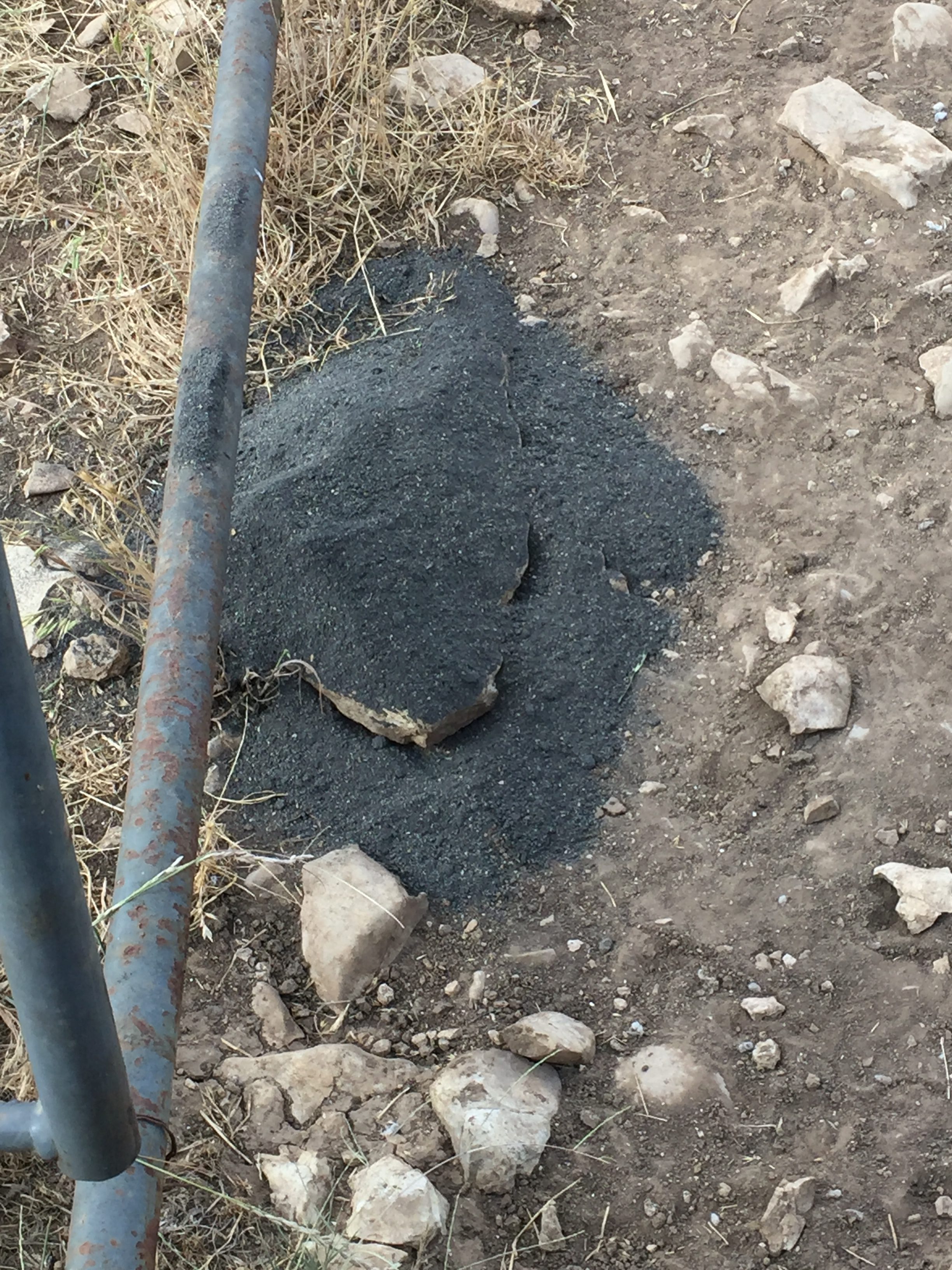
At Rancho Bandido here in Texas, the spring is a crucial time to get the tanks (Texan for stock ponds) full and getting the greenery up. April is here and hopefully so is the rain!
The turkeys are gobbling fulfilling their yearly tradition and little velvet bumps will start to emerge on the whitetail’s head. Spring is officially here!
With decent rain fall, the range land is in full bloom now and the wildlife are now more inclined to eat their natural food sources instead of what you are serving.

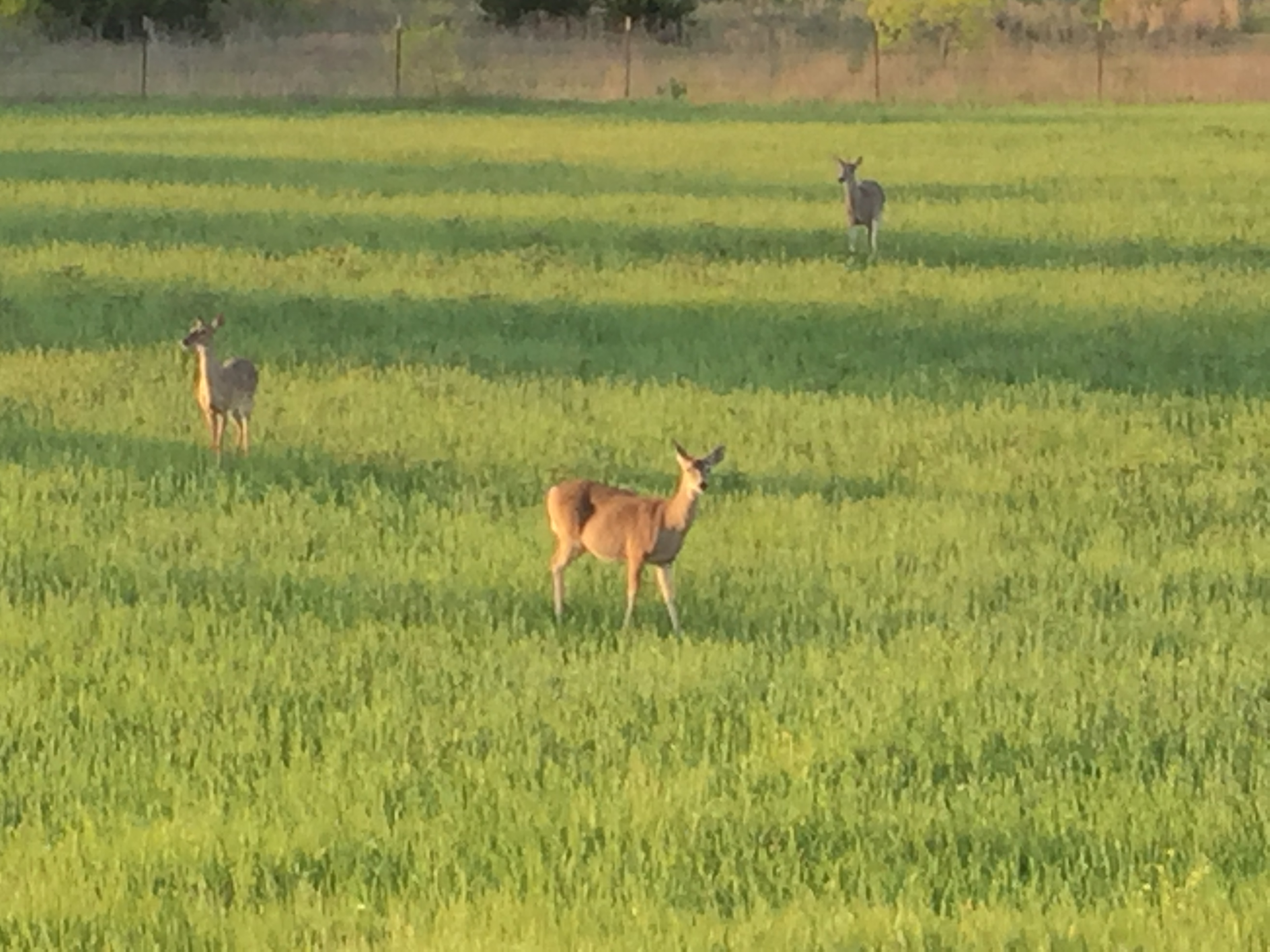
The big heat is on the way and so are the next generation of whitetail deer. May down here in Texas and probably where you are too has most hunters praying for more rain to keep the forage up to feed the animals and to hide the newborns.
May in Texas is like October in North Dakota…it’s time to get ready for the extremes! During a typically Texas May, we find the pastures still lush and the tanks full.
The whitetail deer are starting to show more antler now and the does are starting to drop their fawns! One can see the true magic of mother nature at work as the landscape is thick and lush and does a great job in hiding baby deer (can you see it?).
The does are nursing their fawns so your feeding stations should start to see more action as they search out a quick bite before heading back to their fawns.
Summer finds us closer to hunting season but its hot!
For me, June 1st is my official first day of summer. June 1st is the start of a 3 month period where I pray for rain and “cooler” temperatures.
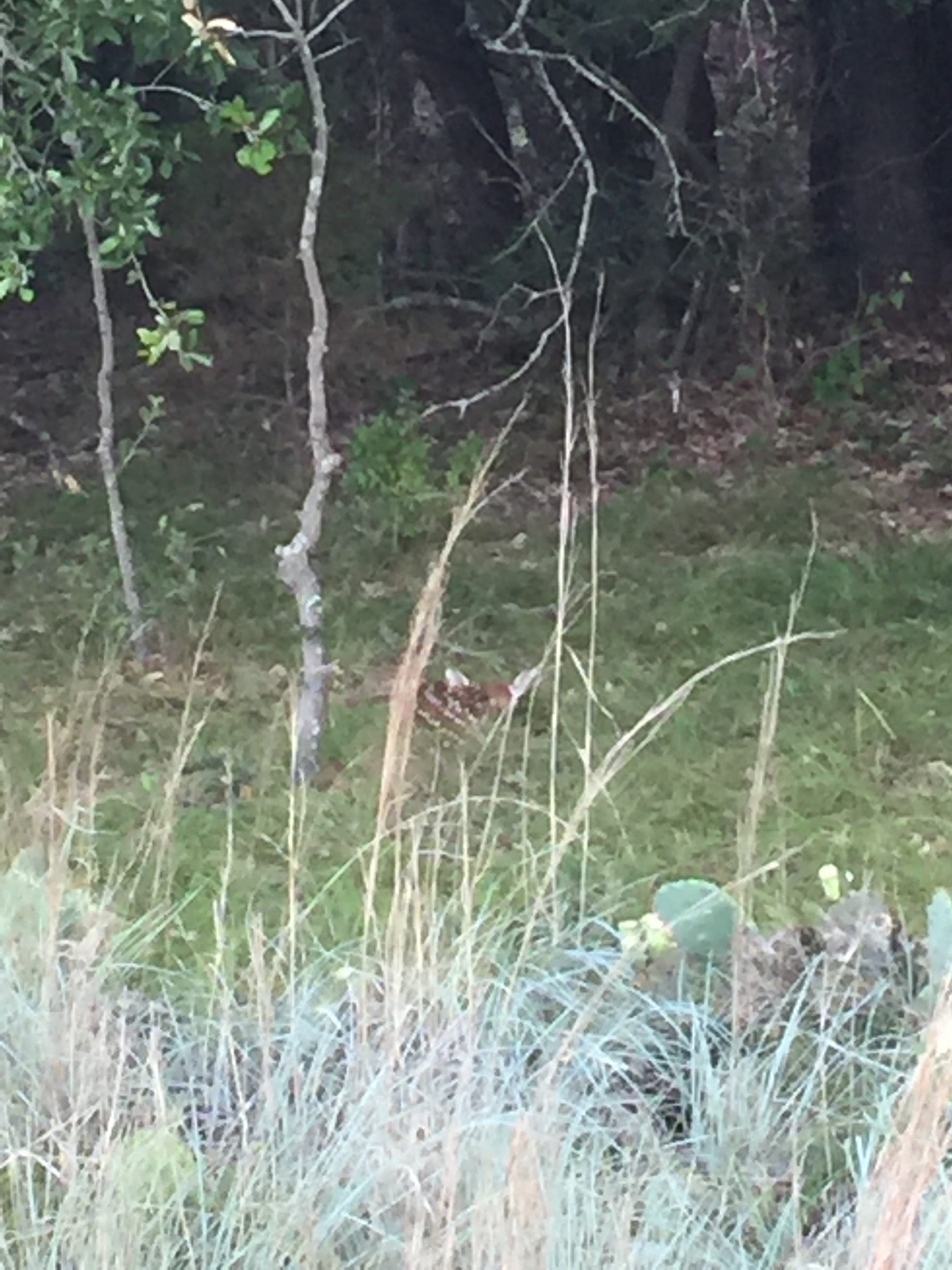
June – Eat Up While You Can!
The natural forage is starting to dwindle and so are the tanks. The heat and humidity is just getting started so the demand for supplemental feeds tends to increase dramatically for us starting in the middle of June.
The whitetail bucks’ antlers are now branching and their bodies are big from the spring buffet. The does are wrapping up dropping their fawns but are still nursing and will continue to do so until September.
June finds us topping off our deer protein stations sometimes weekly. It’s at this point that we stop providing alfalfa as we have found it tends to wither in the head and become unappealing to the deer…both axis and whitetail. We do put out salt at our feeding stations. During the summer the whitetails crave salt and will walk miles to find it!

We lump July and August together because our feeding strategy is the exact same but we really shift our focus to water…and so do the deer.
July and August finds the average hunter hot, focused on other fun and constantly checking the long term forecast looking for any relief.

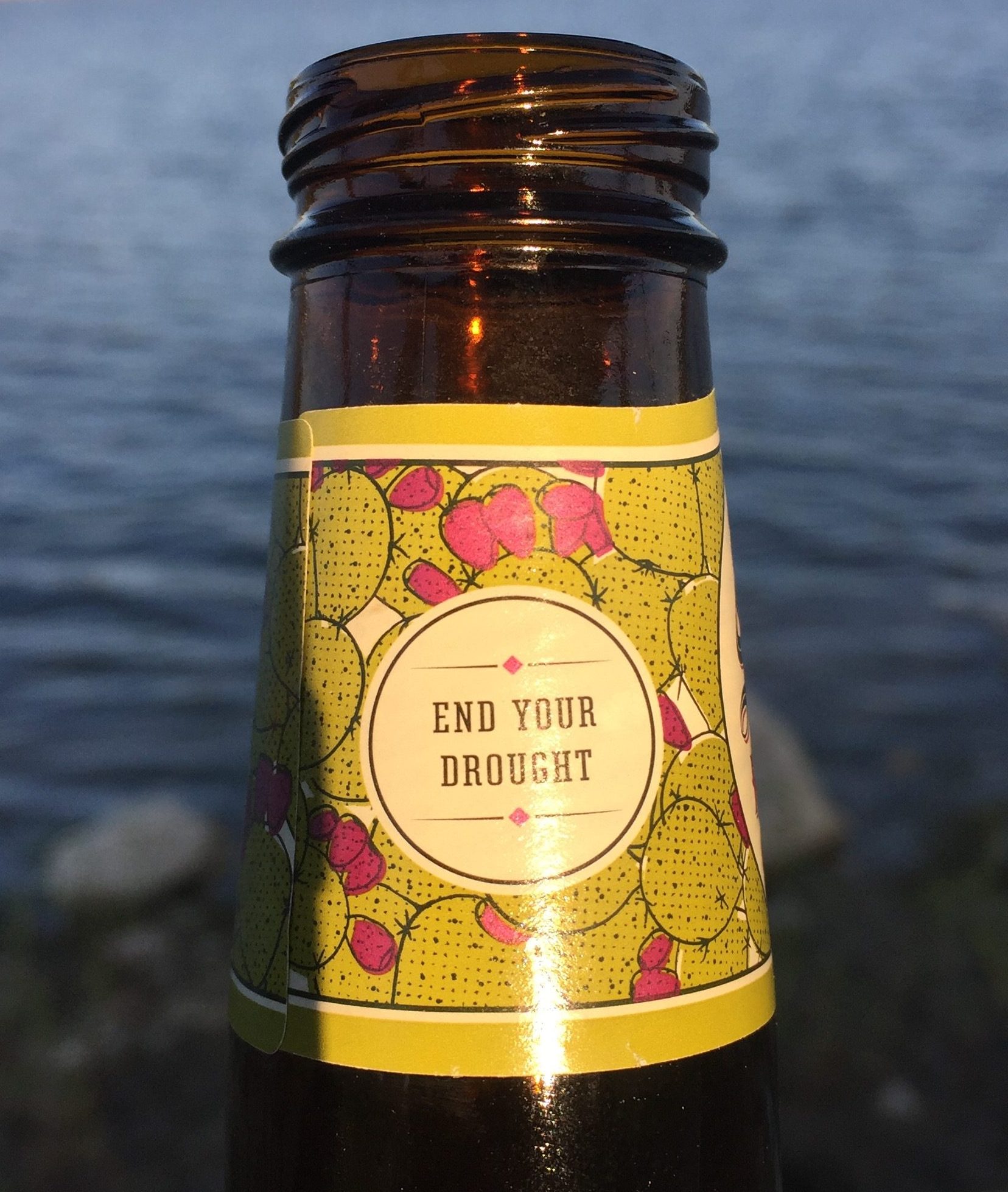
These two months normally see the most demand at the deer feeding stations but also at the watering holes. Water, be it natural or man-provided, is in high demand this time of year.
We have multiple solar wells located throughout the ranch that provide water to all animals year round. This helps supplement the demand when our tanks are dwindling. It is important to keep your water sources as clean as possible as it doesn’t talk long for them to become potentially harmful to wildlife.
Try to serve the water in a black container as this helps cut down on algae. Also, make sure you have some sort of “critter ramp” running from inside the water source to the outside. A drowned and decomposing squirrel or rat can spoil the water.
This time of year also finds us cutting off the flow of cottonseed to the deer. I have read a few articles saying feeding cottonseed in the summer can be harmful so we don’t risk it and cut it off until January.
By August, a whitetail deer’s antlers are basically done growing as the velvet will be shedding soon. The does are wrapping up their motherly duties with their fawns as well but we typically still see them paired up into October.
The end of August normally means the end of protein supplemental feeding on our ranch. It is at this point that we will allow the protein feeders to run dry and start filling the corn feeders in preparation for deer season in a couple months.
We then keep the corn feeders full throughout deer season.
Break the trend, feed deer protein pellets from you spin feeder!
Deer protein pellets are more often than not used in gravity feeders because the deer protein pellets tend to not clog the down spout of these types of feeders.
Deer protein pellets are larger than corn so they can clog spin deer feeders. Moreover, deer protein pellets will expand if they get wet so most hunters choose not to feed them in these feeders.
There are however, some very simple things you can to help your spin deer feeder throw protein pellets if you want to do that and if you can it’s not a bad idea at all..
First, make sure that your deer spin feeder is as leak proof as possible. Check the seams around the feed viewing window and use silicone if you think you might have a leak. Also, make sure the cover on your feeder top is securely strapped to the top of the feeder. I have put a few rocks on mine to help keep them from blowing off.
Secondly, lower the spin feeder mechanism so you allow more protein feeders to fall into the tray. If you do get a clog, giving the clog a chance to move out will help the flow of feed. Check your feeder as much as possible, especially after rain events.
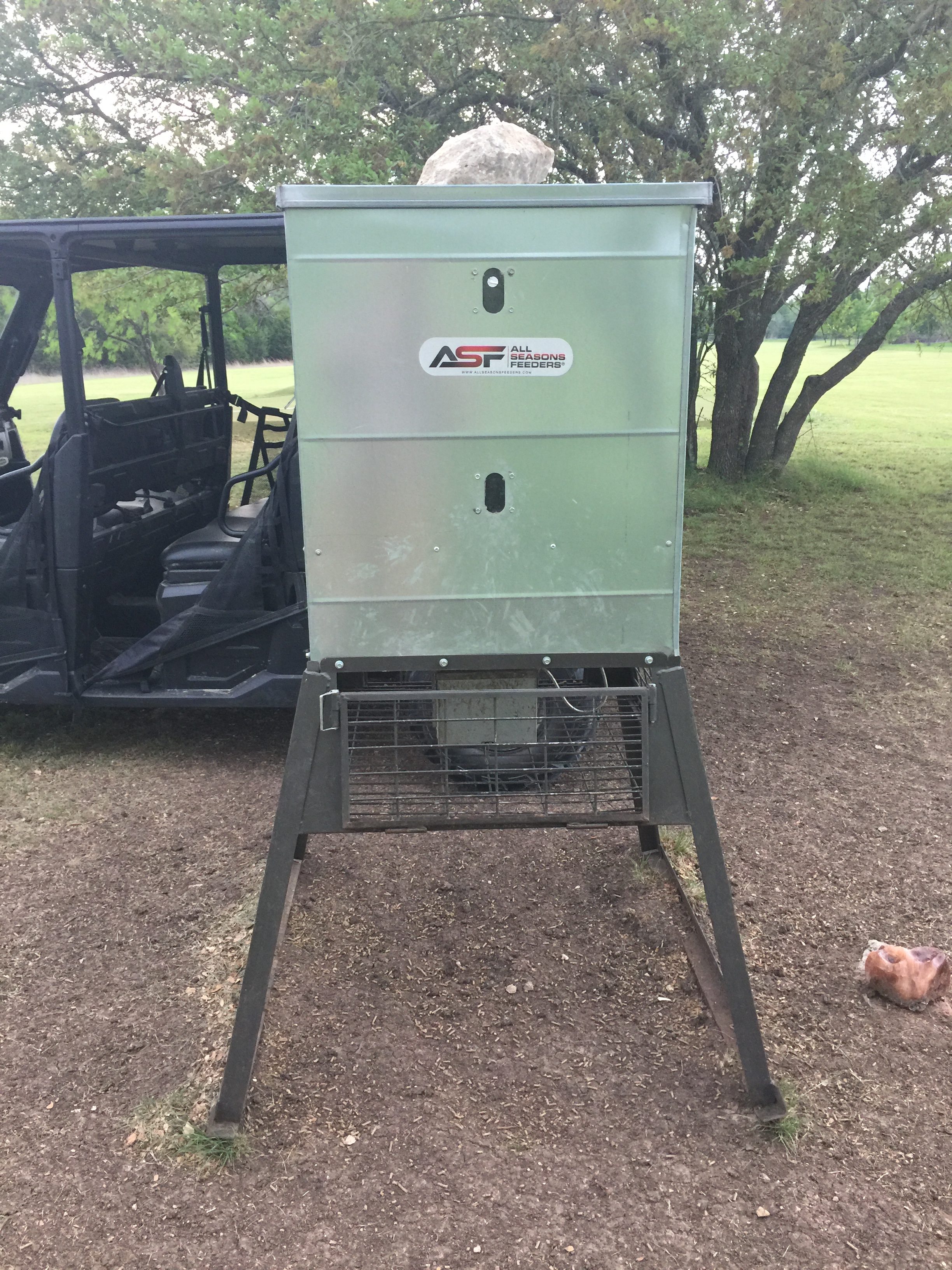
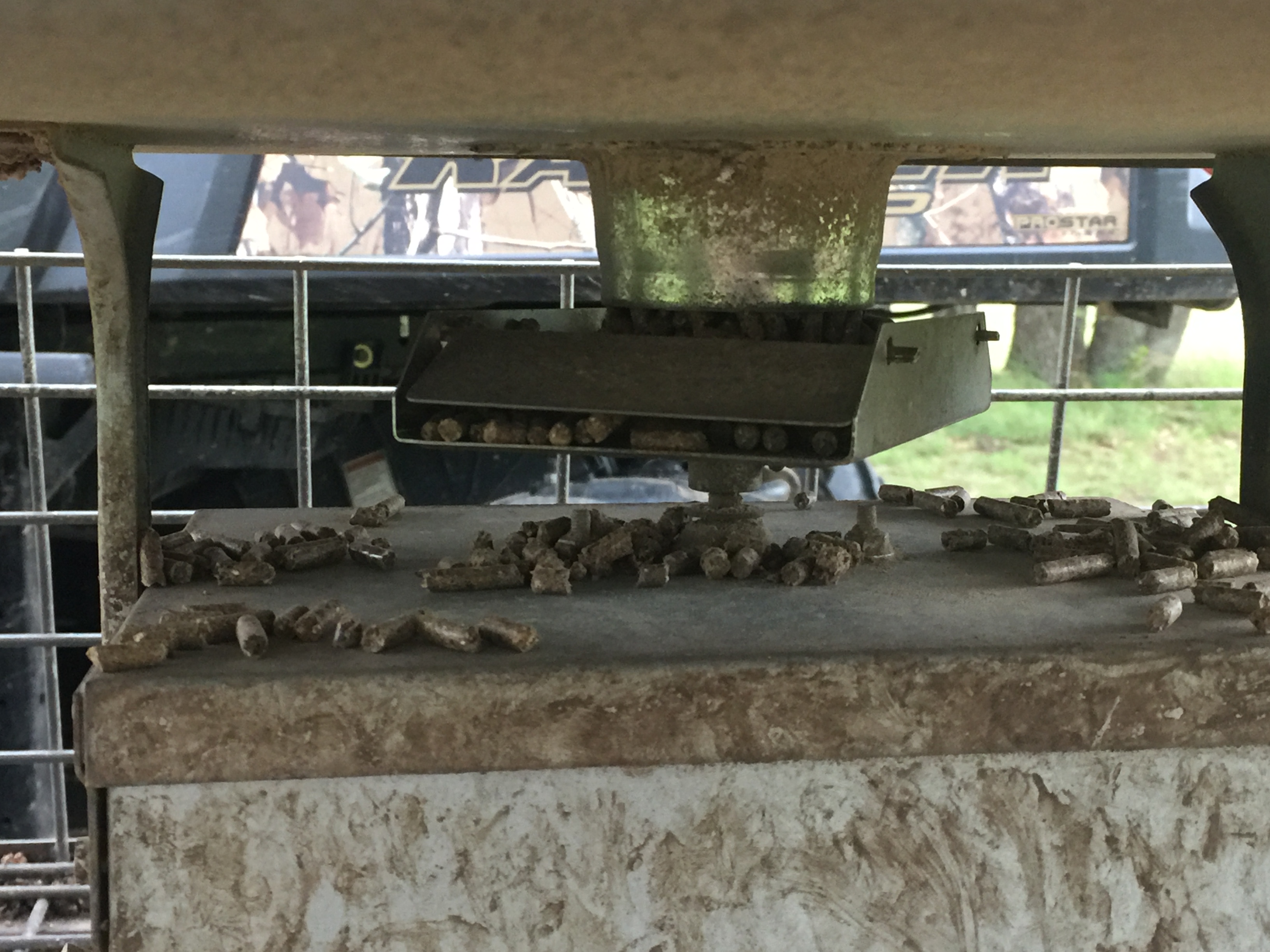
If you are going to feed the animals you might as well make it something that helps them out!
House feeder fun
The dove shotguns have been put away. The duck decoys are stored. The cleaning station is quite and the weekend alarm is turned off. It’s the off season, and most hunters are feeling a bit down but there is much to do as the clock has started ticking again.
In Texas, we are blessed…beyond blessed…in so many ways. Feeding deer and other wildlife is an outstanding way to not only hold animals on your property but adding to the their overall health and in the case of deer, their antlers.
As we’ve discussed, January is the time of year when you need to get your supplemental feeding stations filled with protein, soybeans or even cottonseed. January is also the time of year where the days get a bit longer and some us enjoy a nice cocktail while cooking a steak over mesquite coals instead of being cooped up in a box watching deer.
So, wouldn’t it be nice to have your cocktail/steak and watch deer too?
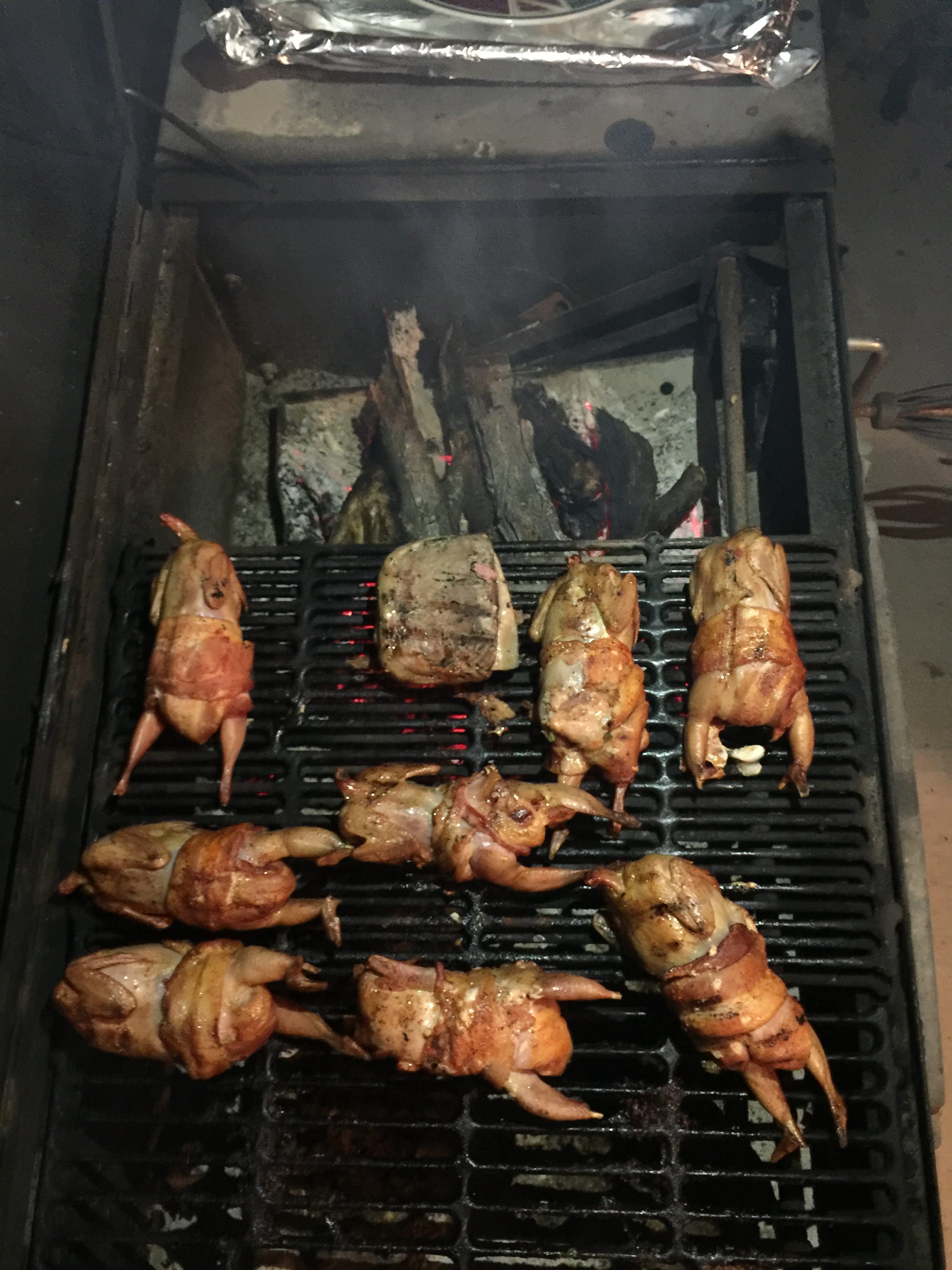
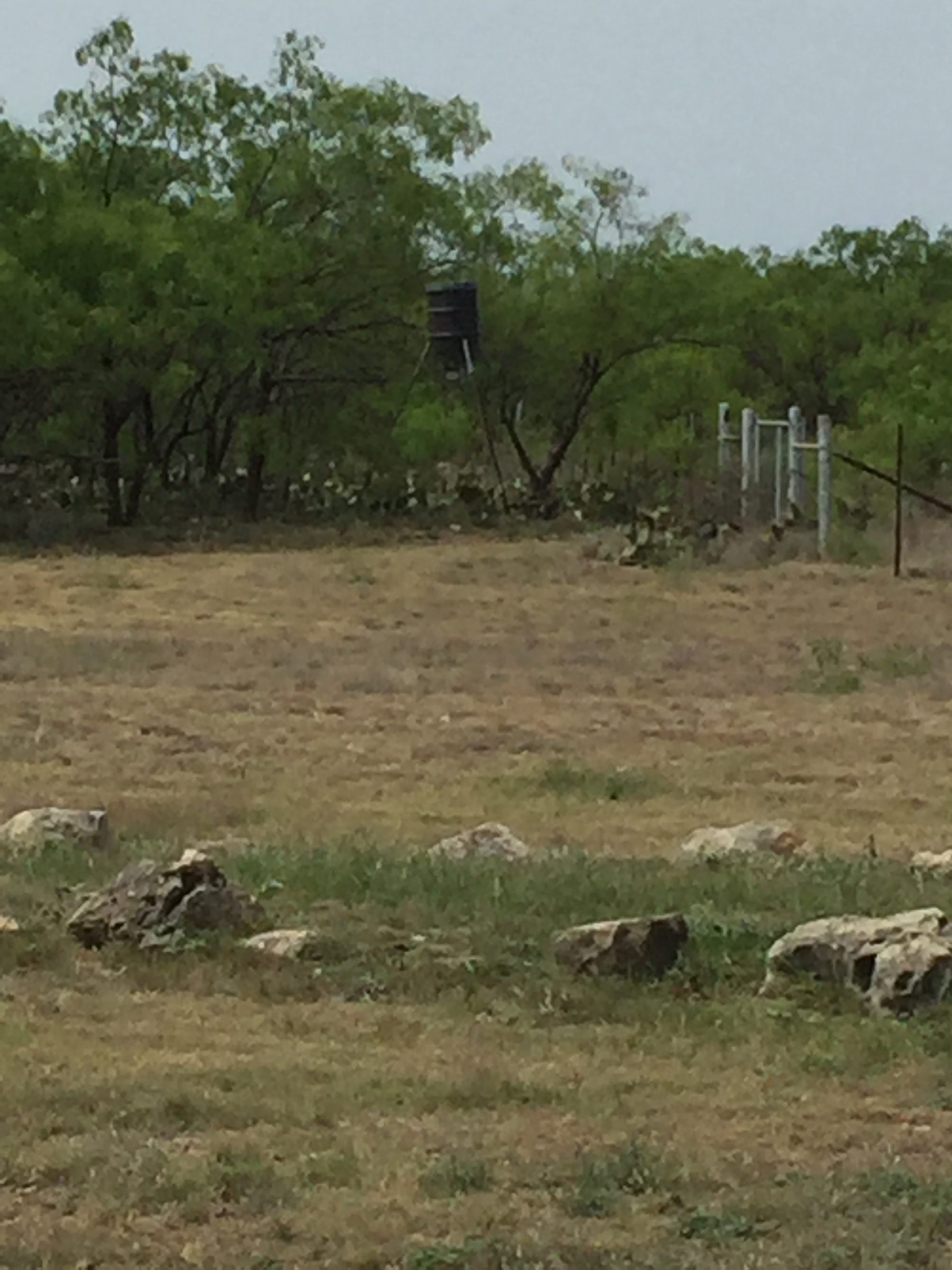
Lets talk about some house feeder criteria to think about. First and foremost, the feeder must be located where you can see them and they feel safe to come feed. One thing to consider when setting up a location, this feeder is typically used just in the spring and the summer so you don’t draw deer and other animals from your primary stands.
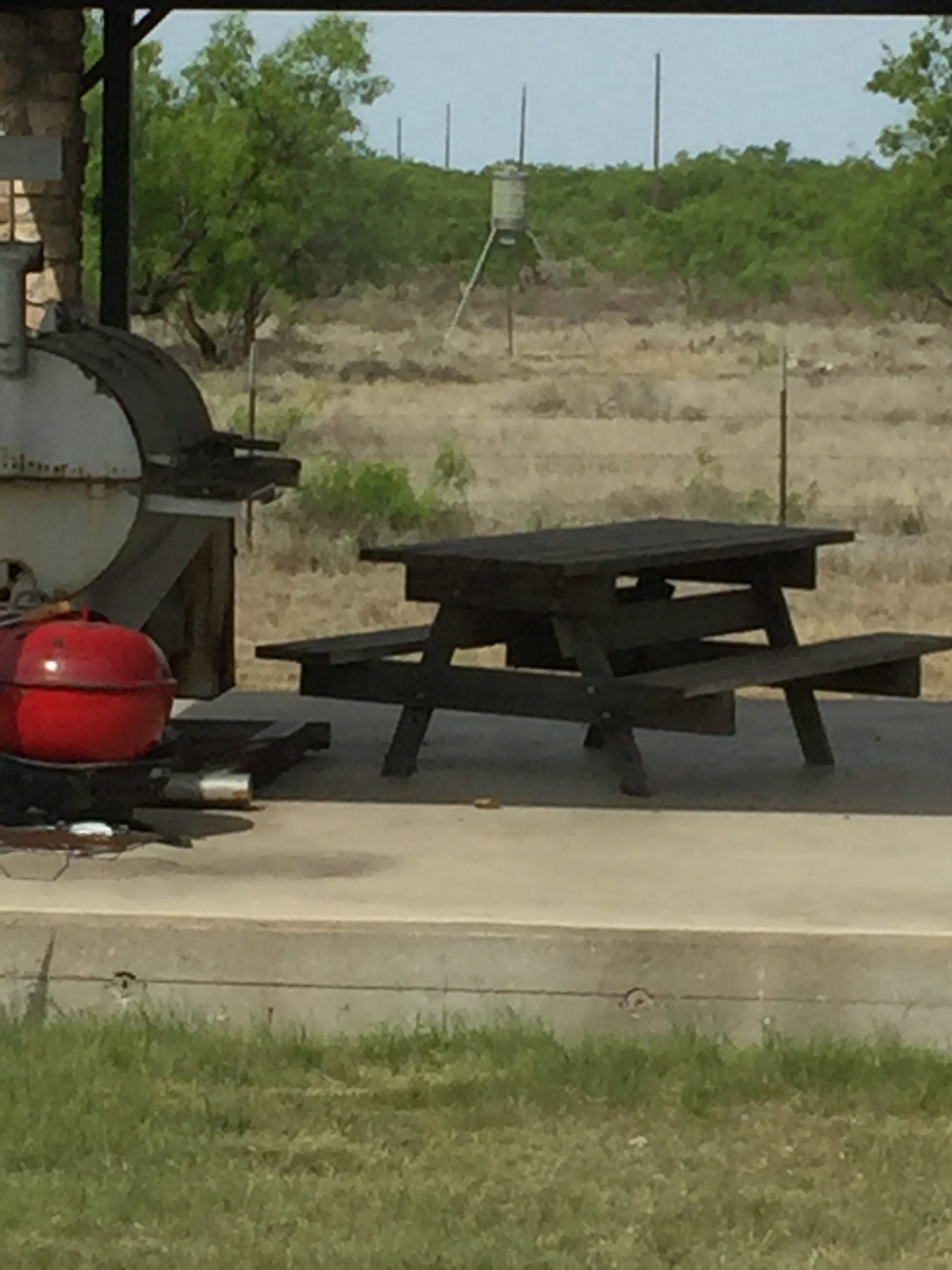
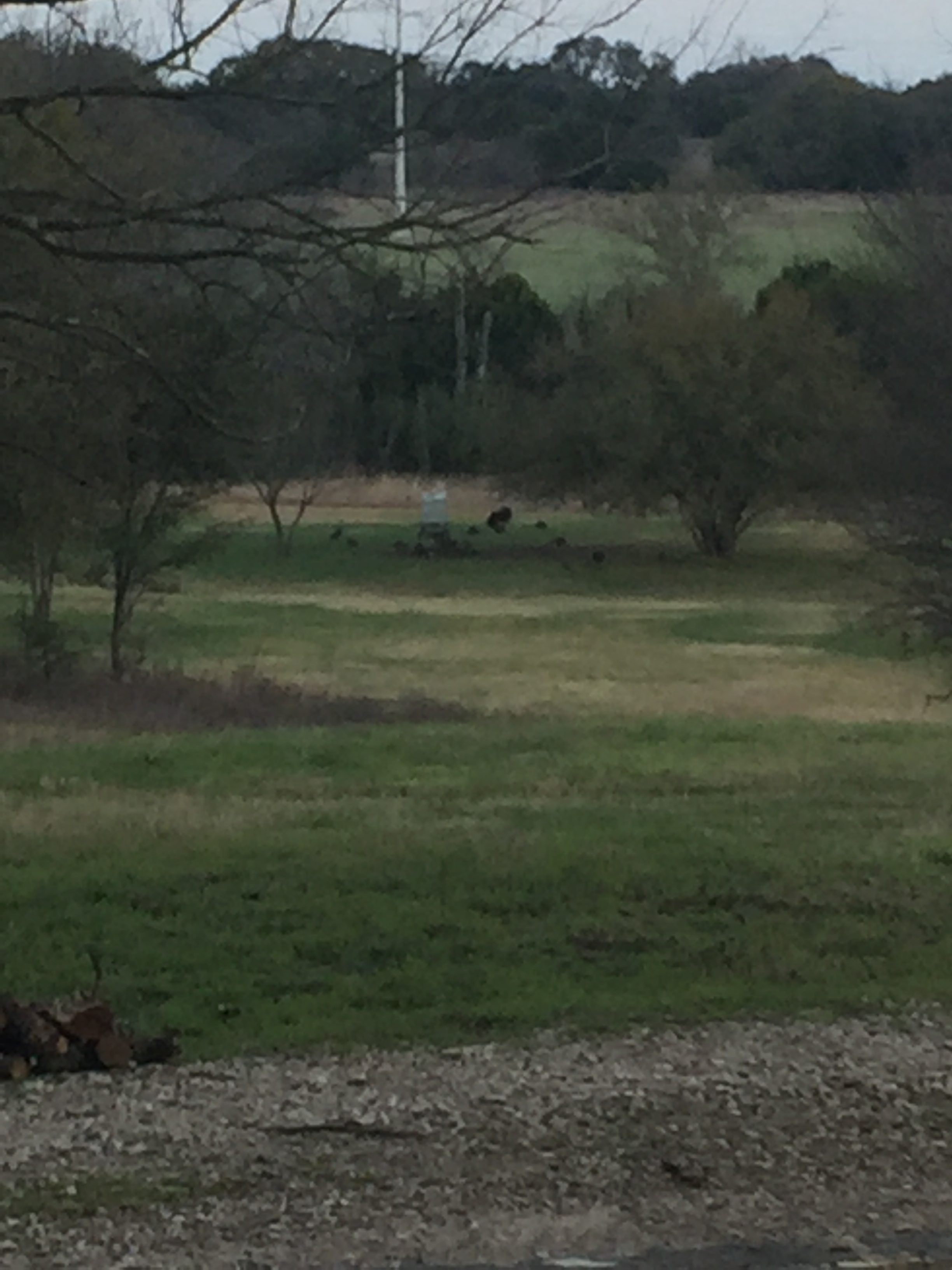
What do you feed? Corn is great to attract deer and other wildlife but remember spring and summer is when the bucks are growing and nutrition is key. This said, protein is the way to go and yes, protein can be “served” in a spin feeder as we’ve discussed.
Have fun watching your animals and enjoying your land!
